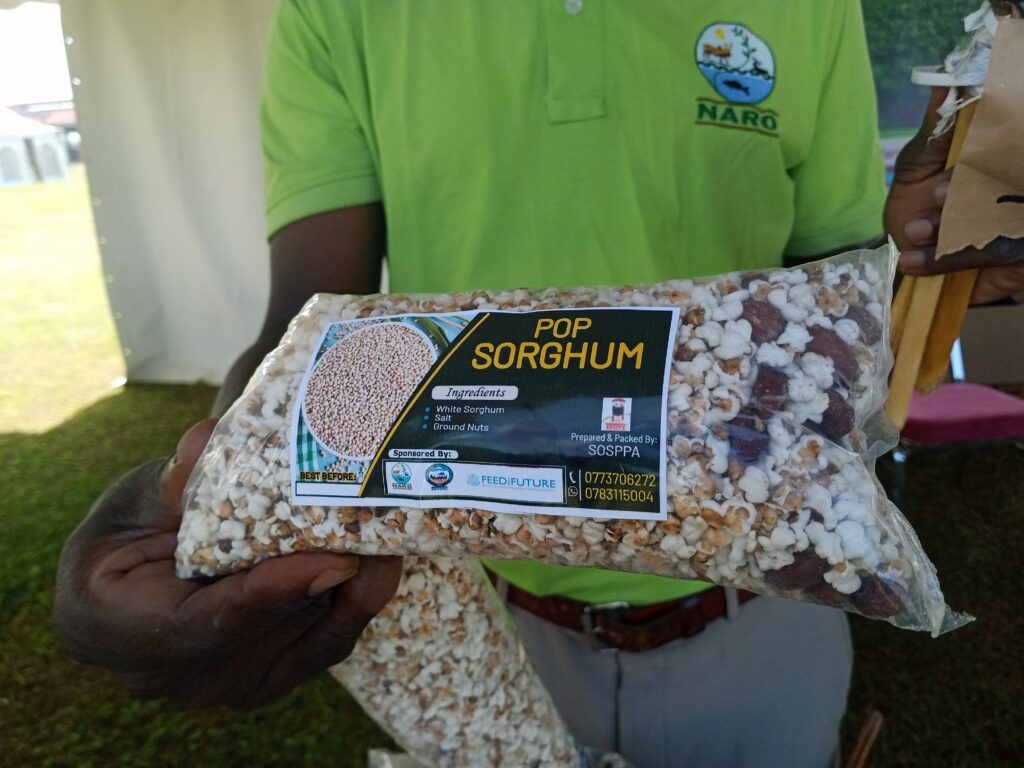By Prossy Nandudu
Sorghum is one of the most consumed crops in dry land areas. Although it is considered as one of the food security crops in semi-arid areas especially in Northern and Eastern parts of the country, its nutrient composition isn’t not known.
Although some research reports indicate that sorghum is composed of carbohydrates, magnesium, iron among others, Ugandan researchers are yet to find out if sorghum varieties in Uganda have all the said nutritional content.
This will be proved through a new project, funded by development partners such as International Maize and Wheat Improvement Center (CIMMYT), Foundation for Food and Agriculture Research in Partnership with NARO and the Ministry of Agriculture.

Dr Scovia Adikini, the principal investigator on the project said that project aims at addressing the nutrition of people in dry lands areas, that are prone to effects of climate change such as prolonged drought that destroys crops in the garden and floods that lead to the rotting of food when in the garden, leaving homes with food.
“We see things like emerging pests and diseases, droughts and floods which contribute to food insecurity in the region. Because of food insincerity, the majority of people are malnourished,” Adikini said.
During the inception meeting for Biofortification of Sorghum to Alleviate Hunger and Malnutrition in the Dry Land Regions of East Africa on Monday at Esella Hotel, Adikini said the harsh weather doesn’t only affect humans but also livestock.





